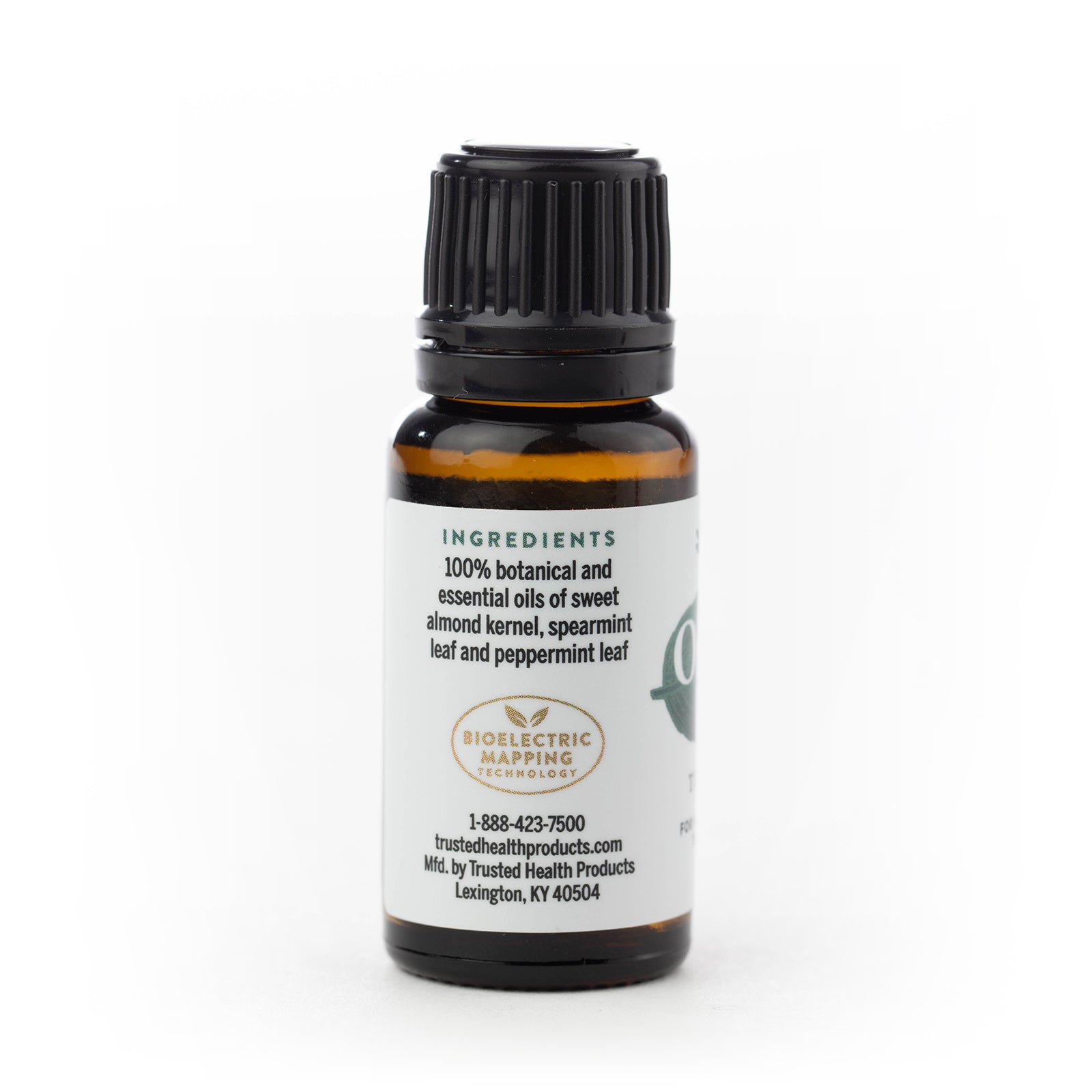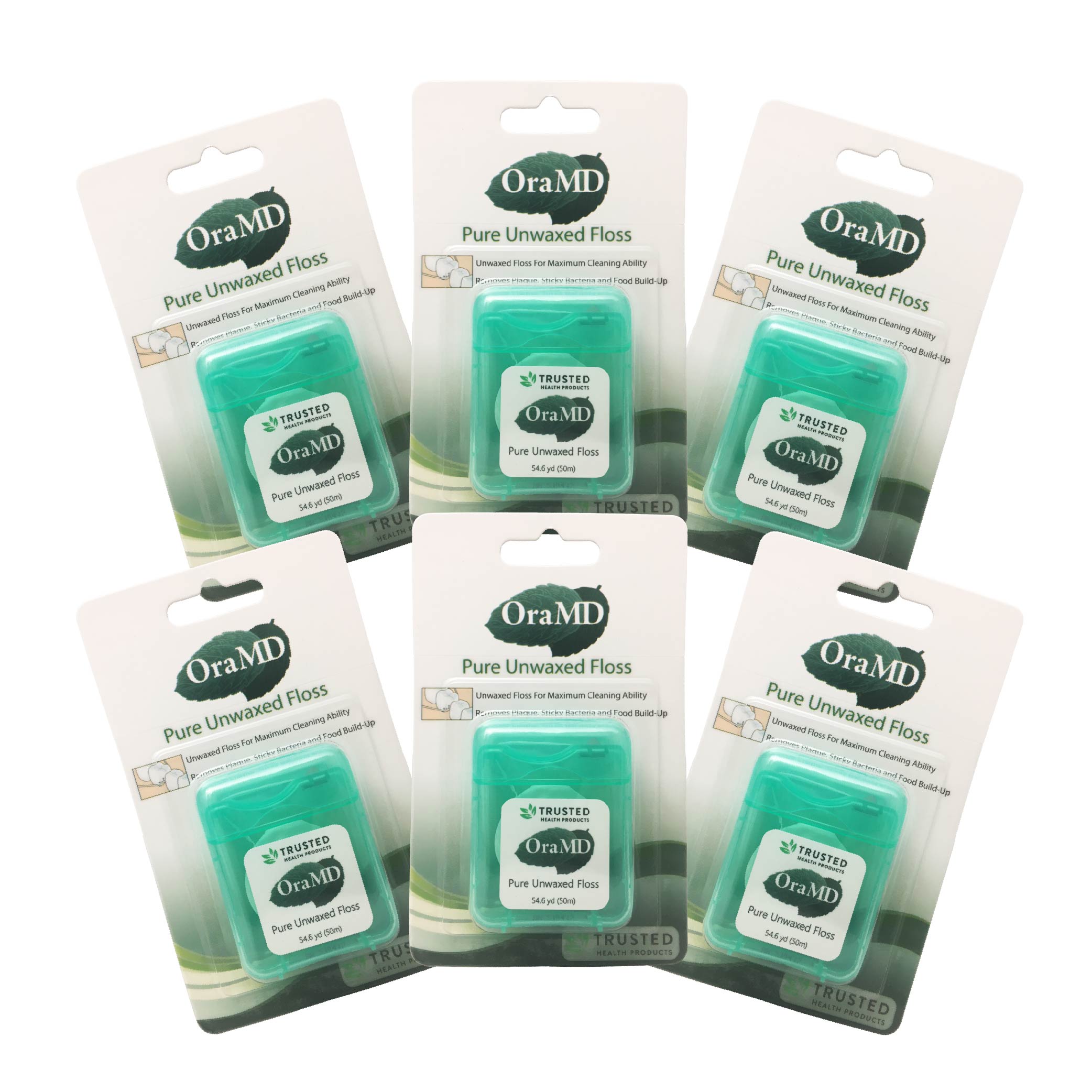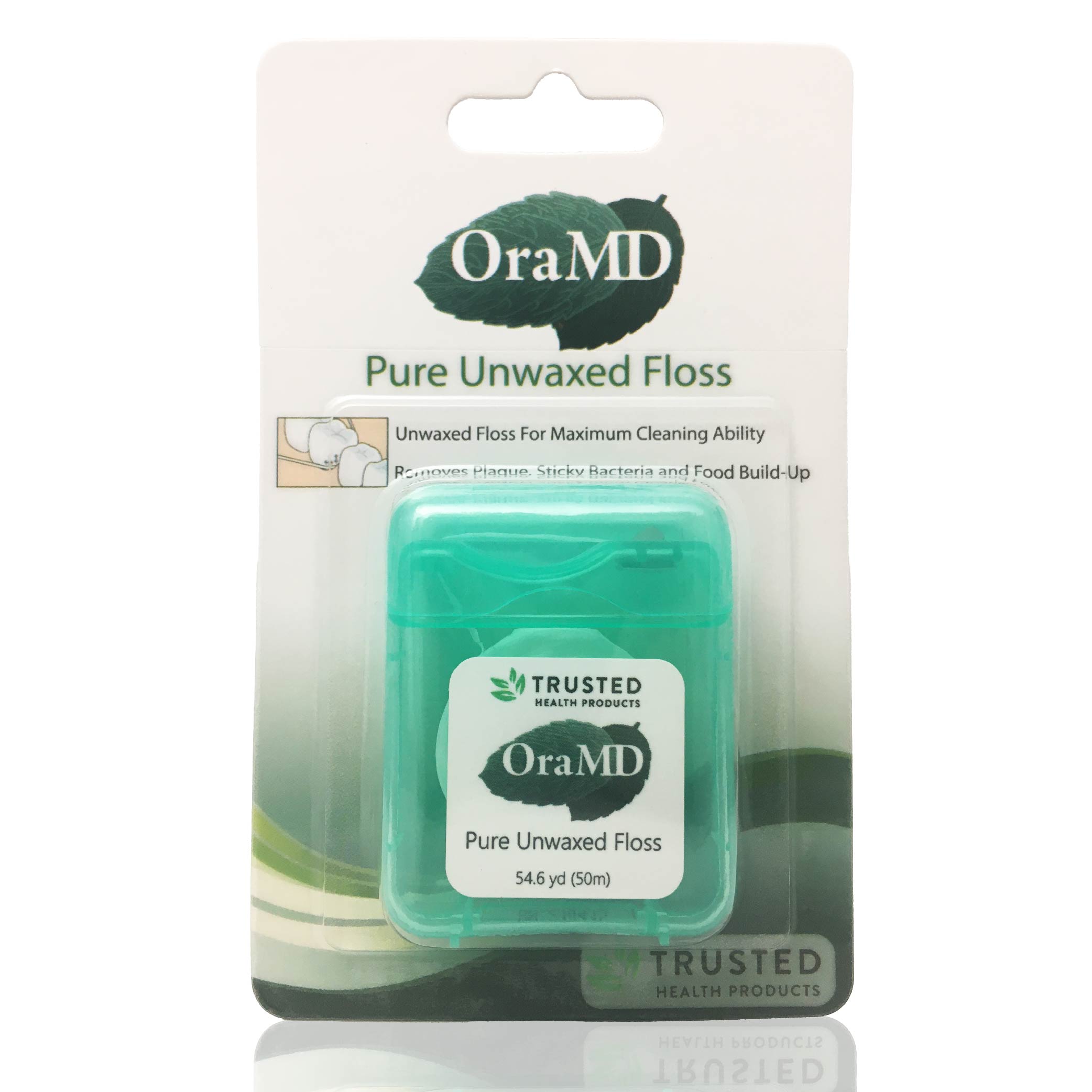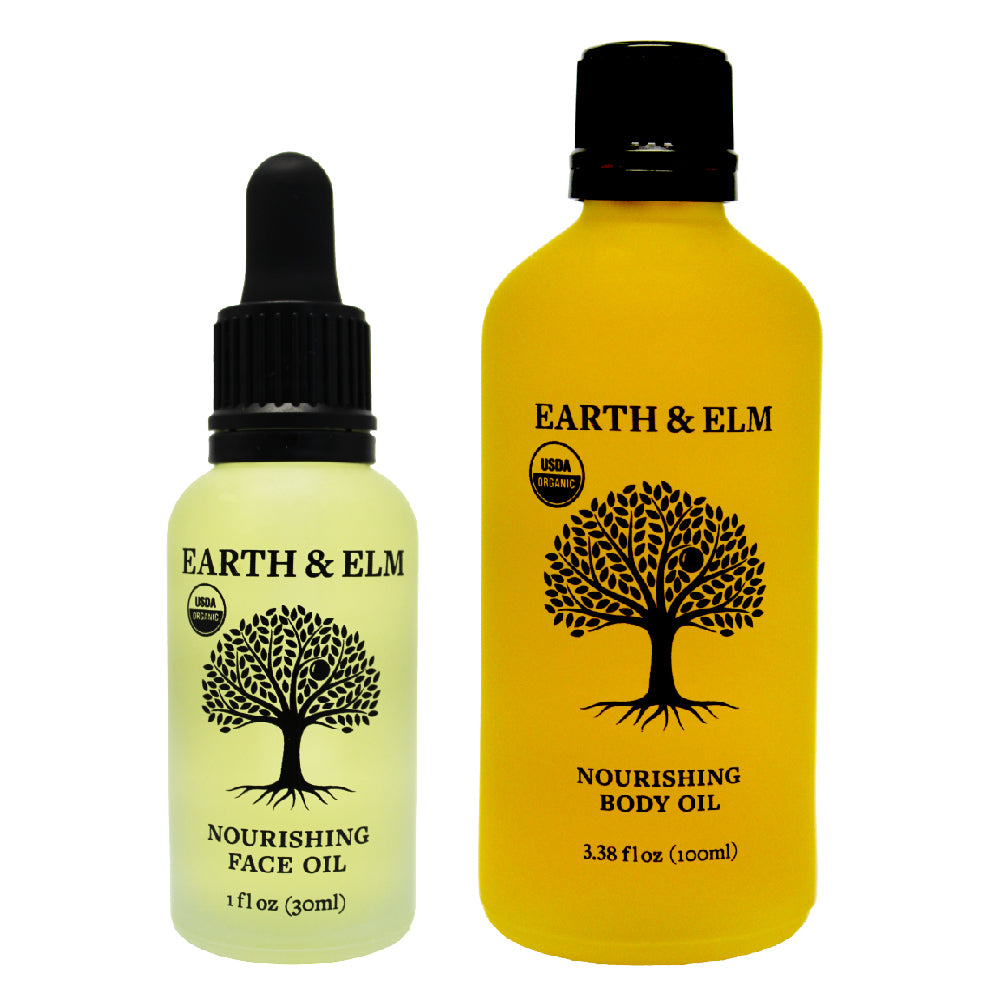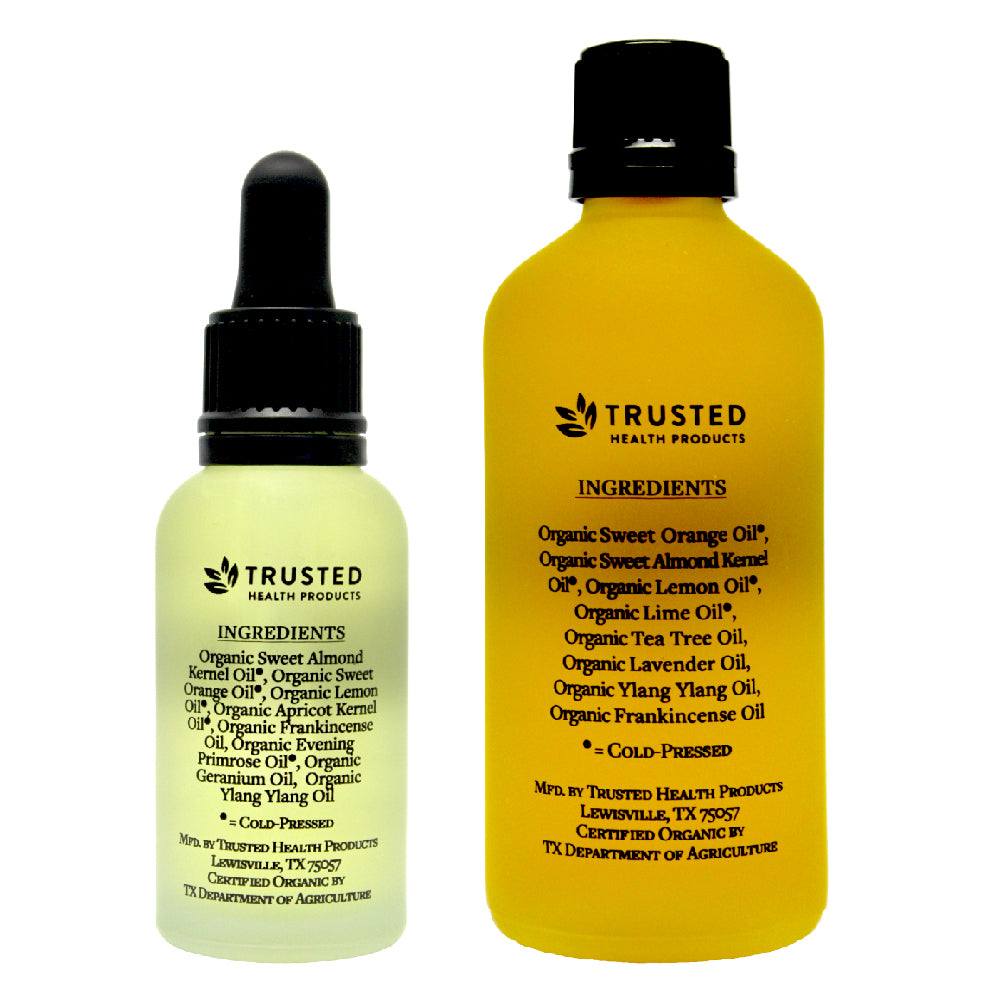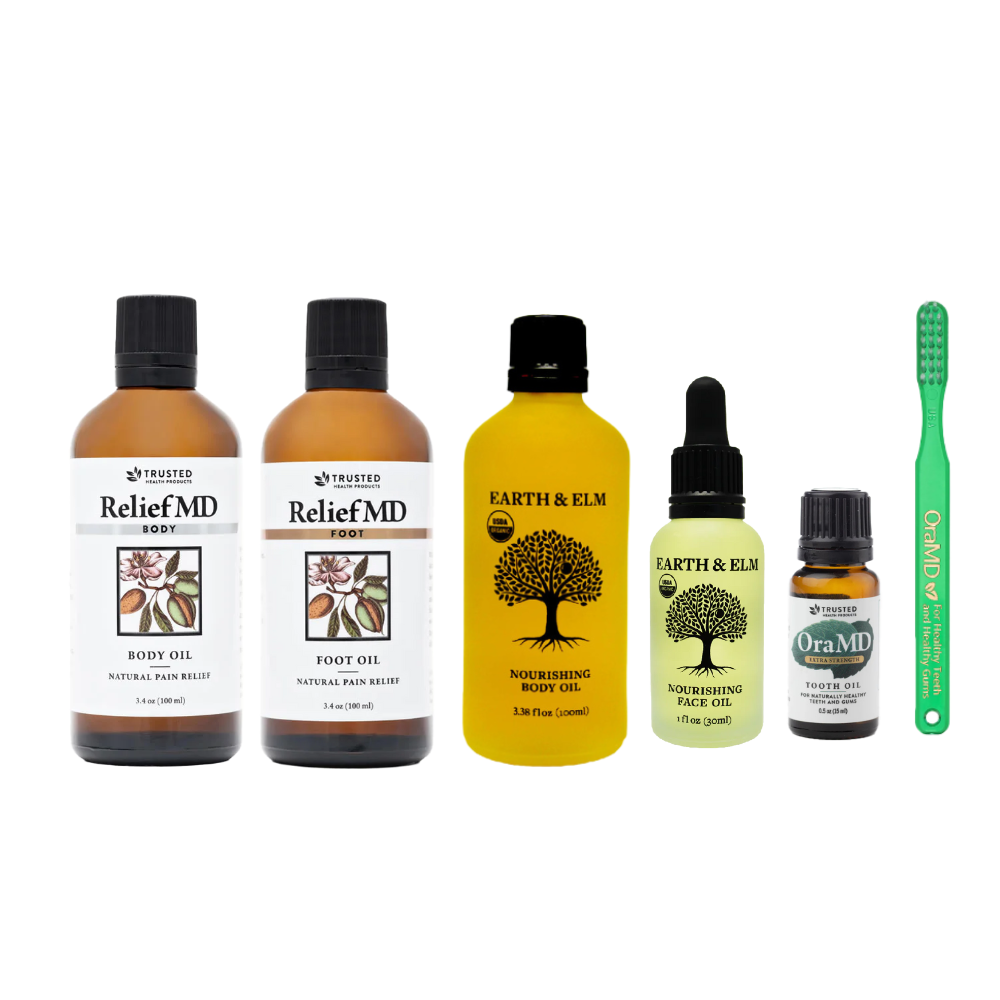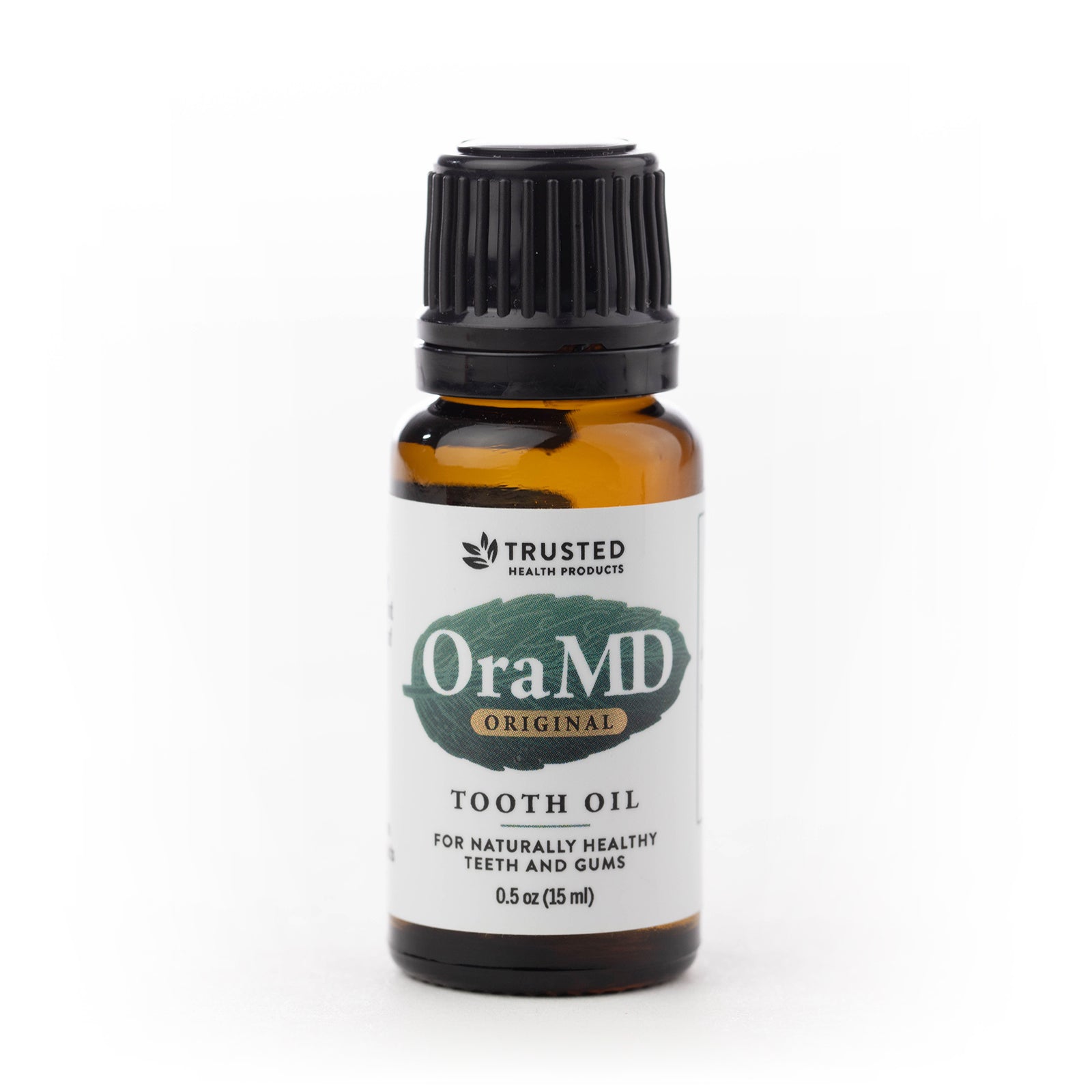Melanoma Studies: Can Low-Cost Tool Spot Melanoma Early?
January 21, 2020
Author: Admin Editor
Tags:
The probe works on the principle that light waves change as they pass through objects. The researchers aimed a laser into skin tissue from volunteer patients and studied the changes that occurred to this light beam. "Because cancer cells are denser, larger and more irregularly shaped than normal cells, they cause distinctive scattering in the light waves as they pass through," Louie says. "We were able to invent a novel way to interpret these patterns instantaneously."
This optical probe can extract measurements without needing expensive lenses or cameras, and it can provide a more easily interpreted numerical result like those of a thermometer. Although the probe's components cost only a few hundred dollars total, it is not envisioned to be a consumer product. "A cancer screening tool should be administered by a trained health care professional who would know where the patient needs to go afterwards," adds Tim Lee, an associate professor of skin science and dermatology at UBC and a senior scientist at both BC Cancer and the Vancouver Coastal Health Research Institute. He believes the device would be a good future addition to standard cancer screening methods, but not a replacement.
Lee also believes the probe can promote early detection of this cancer, noting that about 7,200 new cases of melanoma are reported every year in Canada. "We have so few dermatologists relative to the growing number of skin cancers that are occurring," said Lee. "If we can develop a device that can be integrated easily into other parts of the health care system, we can simplify the screening process and potentially save hundreds if not thousands of lives."
Study: Most Melanomas Don’t Arise From Existing Moles
As the summer draws near, sunscreen should stay within arm’s reach for year-round protection against the sun’s ultraviolet rays. Because exposure to those harmful UV rays can increase one’s risk of skin cancer - and people spend a lot of time in the sun during the summer – it’s always a good time to perform a skin self-exam. While it’s important to look for any suspicious spots on the skin, research published in the Journal of the American Academy of Dermatology indicates that it’s vital to check for new growths in order to detect melanoma.
After reviewing 38 published studies comprising 20,126 melanomas, researchers found that less than one-third of melanomas - 29 percent - arose from an existing mole, while the vast majority - 71 percent - appeared on the skin as new spots. Moreover, melanomas that arose from existing moles were thinner than other melanomas, indicating that patients whose melanoma was associated with an established mole had a better prognosis than others. “These results could indicate that patients who monitor their existing moles for suspicious changes could detect melanoma in its early stages, when it’s most treatable,” says study author Caterina Longo, MD, Ph.D., a dermatologist at the University of Modena and Reggio Emilia in Italy. “Because the disease is more likely to appear as a new growth, however, it’s important for everyone to familiarize themselves with all the moles on their skin and look for not only changes to those moles, but also any new spots that may appear,” Longo says.
The American Academy of Dermatology encourages everyone to perform regular skin self-exams, asking a partner to help them check hard-to-see areas like the back. Any new or suspicious spots warrant a trip to a board-certified dermatologist, as does anything changing, itching or bleeding. The AAD also recommends that everyone protect themselves from the sun’s harmful UV rays by seeking shade, wearing protective clothing and applying a broad-spectrum, water-resistant sunscreen with an SPF of 30 or higher.
In research published in JAAD, however, only 39 percent of consumers consider broad-spectrum protection as a factor in choosing a sunscreen. “People may think SPF is the only important element of sunscreen selection, but that’s not the case,” says study author Roopal V. Kundu, MD, FAAD, an associate professor of dermatology at Northwestern University Feinberg School of Medicine in Chicago. “SPF only tells you how much protection a sunscreen provides against UVB rays. To be protected against both UVA and UVB rays, both of which can cause skin cancer, you need to use a broad-spectrum sunscreen.”
Study: Enzyme Inhibition May Lead to New Melanoma Therapy
Inhibition of the cellular enzyme thymine DNA glycosylase (TDG) may be an effective treatment for melanoma, according to research published recently in the journal Oncogene. The paper, “Thymine DNA Glycosylase As A Novel Target For Melanoma,” describes how inhibition of TDG, known for its role in cell repair and proliferation, may be used to trigger cell death of cancerous melanoma cells and halt tumor growth. “These findings suggest that TDG may provide critical functions specific to cancer cells that make it highly suitable as an anti-melanoma drug target,” says senior author Alfonso Bellacosa, MD, Ph.D., professor of cancer epigenetics at Fox Chase Cancer Center at Temple University. “By potentially disrupting both DNA repair and the epigenetic state, targeting TDG may represent a completely new approach to melanoma therapy.”
Researchers at the Sbarro Health Research Organization (SHRO) and the Sbarro Institute for Cancer Research, directed by Antonio Giordano, MD, Ph.D., also contributed to the study at Temple University. “This is an important study that may lead to the identification of powerful TDG inhibitors for pre-clinical and clinical studies,” Giordano says. “A few pharmaceutical companies have already shown a lot of interest and enthusiasm towards this approach.”
Study: Melanoma Biomarkers Predict Checkpoint Blocker Response
Scientists at Dana-Farber/Brigham and Women’s Cancer Center have identified biomarkers in melanoma that could help tailor immunotherapy treatments to maximize the benefits for patients while reducing the likelihood of severe side effects. While the utility of these biomarkers needs to be validated in future clinical trials, the findings - reported in Science Translational Medicine - suggest that the current practice of combining two different types of immune checkpoint blocker drugs in advanced melanoma patients may be the best course in some instances, but not in others, because the immune makeup of some melanoma tumors may cause them to be resistant to one class of checkpoint inhibitors.
“By looking at how melanoma is avoiding immune detection, we may be able to identify patients who may do just as well with a single agent, with no loss of efficacy, but improved tolerability,” says Scott Rodig, MD, Ph.D., an oncologic pathologist at DF/BWCC and first author on the report. The study revealed that some patients, whose tumors are deficient in a protein needed for the immune system to recognize cancer cells, are unlikely to benefit from ipilimumab, an immunotherapy drug that blocks the CTLA-4 checkpoint, but which has potentially severe side effects. Therefore, identifying such patients with a biomarker test prior to treatment could spare them the adverse effects.
The outlook for patients with advanced melanoma has dramatically improved in recent years because of drugs known as immune checkpoint inhibitors, which mobilize the immune system to attack cancer. These drugs block checkpoint molecules that act as brakes on the immune system; by removing these brakes, checkpoint inhibitors unleash immune defenders such as T cells to recognize and attack cancer. Typically, patients with advanced melanoma receive a combination of two different checkpoint inhibitor types: one, such as ipilimumab, targets the CTLA-4 checkpoint, while the other, including nivolumab and pembrolizumab, targets the PD-1 checkpoint.
In general, patients with advanced melanoma have better outcomes when they receive drugs that block both the CTLA-4 checkpoint and the PD-1 or PD-L1 checkpoints, says F. Stephen Hodi, MD, director of the Melanoma Disease Center at Dana-Farber and senior author of the report. Treated with the combination, more than 50 percent of patients will have tumor shrinkage and some of the responses will be quite prolonged. But this benefit can come at a steep cost - around 50 percent of patients will have severe side effects, such as inflammation of the gut causing diarrhea, rash, or inflammation of the liver and pancreas.
The new study was inspired by recent research by Margaret Shipp, MD, at Dana-Farber showing that Hodgkin lymphomas frequently avoid immune detection by eliminating their MHC class I proteins. MHC class I proteins are found on the surface of most cells in the body. Their function is to bind fragments of foreign proteins, including those stemming from cancer cells, and present them to T cells, which then mount a mass attack on the invader. But if cancer manages to somehow dial down the abundance of MHC class I proteins, the immune system won’t recognize the cancer as foreign and respond against it. In Hodgkin lymphoma, the tumor cells accomplish this feat by deleting a key gene required for expression of the MHC class I proteins.
Ideal Clinical Trials
Speculating that something similar might occur in melanoma, the authors of the study used data from two clinical trials of immunotherapy for advanced melanoma that included measurements of MHC class I proteins and other immune cells and immune regulators. They found that partial or complete loss of MHC class I proteins was common in untreated melanoma patients, and those patients had poor responses to treatment with ipilimumab - the drug that blocks the CTLA-4 checkpoint.
“CTLA-4 is exquisitely sensitive to even partial loss of these MHC class I proteins,” Rodig says. The result was the melanoma was highly resistant to ipilimumab treatment and the cancer continued to grow, because even though the immunotherapy drug was releasing the CTLA-4 brake on the immune system, the melanoma cells weren’t recognized due to the lack of MHC class I proteins to “present” the cancer fragments to the T cells. These findings may explain why most melanoma patients don’t respond to single-agent ipilimumab.
However, the researchers also observed that the deficiency of MHC class 1 proteins did not make melanoma tumors resistant to the other type of checkpoint inhibitor, drugs like nivolumab, a PD-1 inhibitor. That is because responses to those drugs activate an immune substance known as interferon-gamma, which in turn activates both MHC class I-dependent and MHC class I-independent immune pathways and thereby promotes anti-tumor activity when MHC class I levels are reduced by the tumor. Indeed, the data from the clinical trials showed that patients whose tumors had higher pre-treatment levels of interferon-gamma had better outcomes when treated with nivolumab or a combination of nivolumab and ipilimumab but not ipilimumab alone.
These results reveal that the clinical efficacy of anti-CTLA-4 drugs like ipilimumab is “dependent on robust, pre-existing expression of MHC class I proteins by tumor cells.” By contrast, efficacy of anti-PD1 checkpoint blockers like nivolumab depends on “pre-existing interferon-gamma-mediated inflammation within the tumor microenvironment.” Combining the two types of checkpoint blockers “provides a further immune stimulus over individual therapies alone and, in addition, overcomes the limitations of each,” the researchers stated. Going forward, it would be ideal to have clinical trials in which treatment options are determined in accordance with the results of tissue-based biomarker studies.
Looking for 100% chemical-free, all-natural nourishing face and body oils? Check out Earth & Elm Nourishing Face Oil and Earth & Elm Nourishing Body Oil. Subscribe to our Trusted Health Club newsletter for more information about natural living tips, natural health, oral health and skincare. If you are looking for more health resources make sure to check out the Trusted Health Resources list.
Written By:
With over 30 years of writing and editing experience for newspapers, magazines and corporate communications, Kevin Kerfoot writes about natural health, nutrition, skincare and oral hygiene for Trusted Health Products’ natural health blog and newsletters.
Reviewed By:
Founder Ray Spotts has a passion for all things natural and has made a life study of nature as it relates to health and well-being. Ray became a forerunner bringing products to market that are extraordinarily effective and free from potentially harmful chemicals and additives. For this reason Ray formed Trusted Health Products, a company you can trust for clean, effective, and healthy products. Ray is an organic gardener, likes fishing, hiking, and teaching and mentoring people to start new businesses. You can get his book for free, “How To Succeed In Business Based On God’s Word,” at www.rayspotts.com.
Image by andreas160578 from Pixabay









